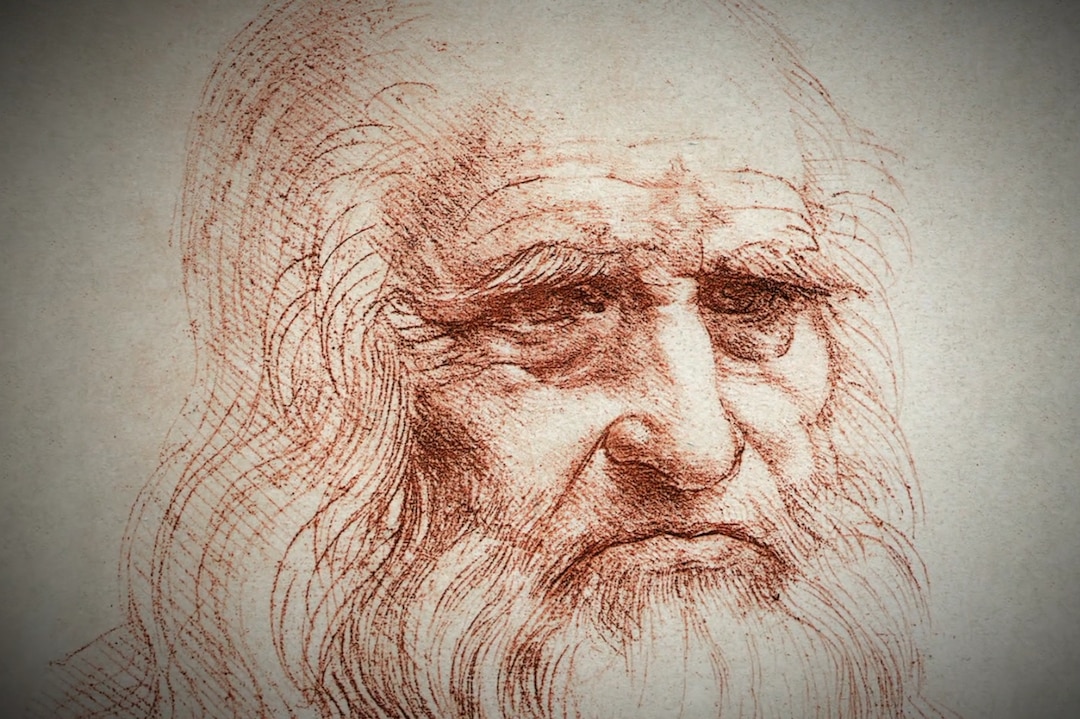Create a free profile to get unlimited access to exclusive videos, sweepstakes, and more!
Scientists finally solved Leonardo da Vinci’s 500-year-old bubble paradox
All rise!

Leonardo da Vinci is perhaps best known for his paintings. The Mona Lisa, The Last Supper, The Vitruvian Man… his artwork featured heavily in Rian Johnson’s recent whodunnit Glass Onion, and his position in the pantheon of artists is sufficient that Eastman and Laird named a ninja turtle after him. Of course, in addition to his paintings, da Vinci also pushed boundaries in science, engineering, architecture, and invention. He was the sort of guy who had his fingers in enough pies that, centuries after his death, his work is the subject of Dan Brown novels (and the Peacock original The Lost Symbol) and episodes of Ancient Aliens (also streaming on Peacock).
Roughly five centuries ago, between painting masterpieces and inventing helicopters, da Vinci found time to consider the movements of bubbles floating in a vessel of liquid. Countless people, after a few drinks, have watched the bubbles in their beer or champagne with fascination, but what is little more than drunken musings for most of us became the source of an enduring paradox in the hands of da Vinci. He noticed that when bubbles rise in water some of them rise in a straight line while others take spiraling or zigzag paths.
Despite half a millennium of effort, no one has yet been able to solve da Vinci’s riddle and explain why some bubbles saunter and others dance as they rise. Until now. According to a study published in the Proceedings of the National Academy of Sciences (PNAS), Miguel Herrada from the University of Seville and Jens Eggers from the University of Bristol, may have solved da Vinci’s paradox once and for all.
Since da Vinci first reported the weird behavior of bubbles in water, experiments have continuously demonstrated that a bubble with a radius above about a millimeter will become unstable as it travels toward the surface. Through some as yet poorly understood process, bubbles above a millimeter in radius fall into a pattern of periodic motion five centuries worth of scientists failed to explain. The problem was that our modeling of bubble dynamics couldn’t accurately reproduce what we observe in nature.
Previous hypotheses suggested the spiral or zigzag motions were the result of instability in the wake of the bubble as it rises. Now, Gerrada and Eggers have offered an alternative mechanism which appears to accurately describe the motion of bubbles as well as define the boundary which defines whether a particular bubble will wobble or not. According to their modeling and experimentation, once a bubble exceeds a radius of 0.926 millimeters (give or take a couple dozen micrometers) the surface of the bubble becomes unstable.
As it moves through the water column, the flow of water deforms the surface of the bubble. As a result, water flows around the bubble faster on one side than the other, which kicks the bubble away from true. The changing shape and velocity also causes a pressure differential which pushes the bubble back toward its initial position, and the cycle repeats. The bubble is changed by the flow of the water and the flow of the water is changed by the bubble. The result is a two-step or a spiraling dance toward the surface.
RELATED: Bubbles are floating up to space... but how exactly will they float?
In addition to solving a centuries-old scientific riddle, the researchers state that their periodic motion of a bubble presents a new model of motion in complex systems which is fundamentally different from that of a solid particle. They can use these same models to better understand the impact of contaminants in a system or simulate particles which are in a state between a solid and a gas and, thus, interact in unusual ways.
The answer to da Vinci’s bubble paradox didn’t unlock the secret to extraterrestrial technology, but it does serve as a welcome reminder that even though we don’t know everything, we can know more tomorrow than we do today.
Looking for an ancient mystery you can solve yourself? Check out Ancient Aliens and Ancient Aliens: The Ultimate Evidence, streaming now on Peacock.



























